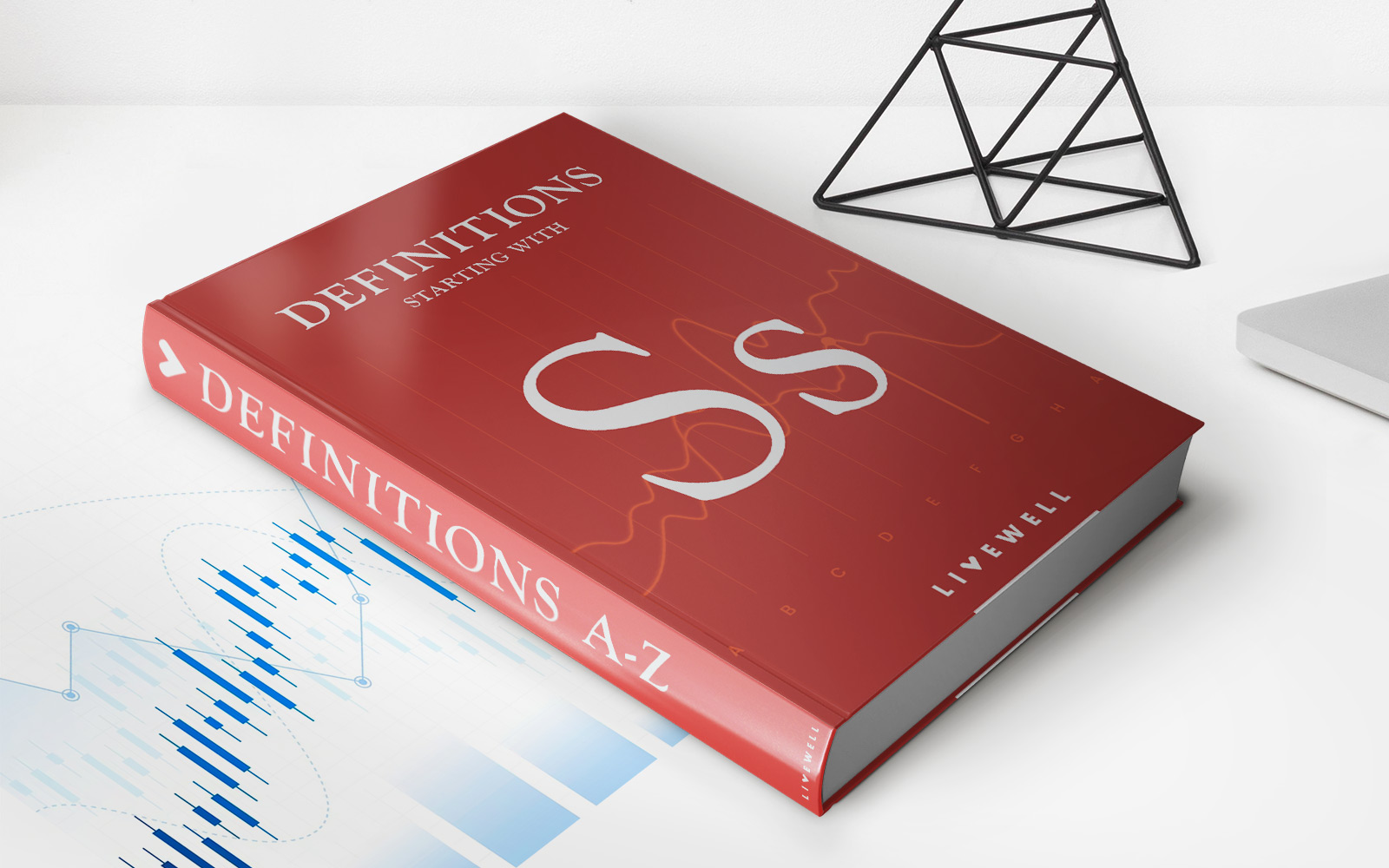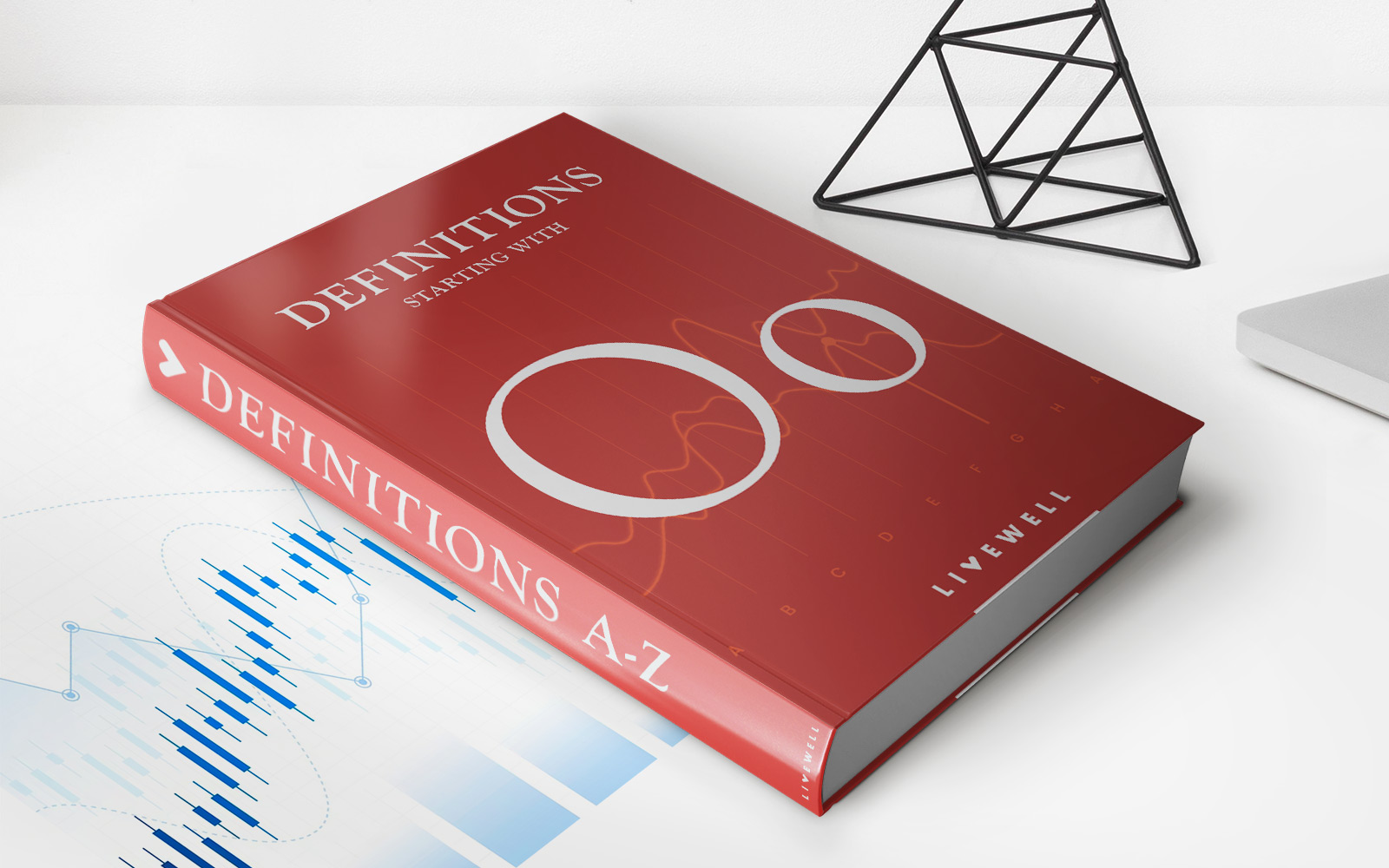Home>Finance>Cross Price Elasticity: Definition, Formula For Calculation, And Example


Finance
Cross Price Elasticity: Definition, Formula For Calculation, And Example
Published: November 5, 2023
Learn about cross price elasticity in finance. Understand the definition, formula for calculation, and see an example to grasp its significance in the market.
(Many of the links in this article redirect to a specific reviewed product. Your purchase of these products through affiliate links helps to generate commission for LiveWell, at no extra cost. Learn more)
Cross Price Elasticity: Understanding the Relationship Between Prices and Demand
When it comes to understanding the dynamics of supply and demand in the world of finance, one concept that plays a crucial role is cross price elasticity. Cross price elasticity measures how the demand for one product changes in response to a change in the price of another product. This concept is particularly important for businesses looking to plan their pricing strategies and make informed decisions about product development and market positioning. In this article, we will delve into the definition of cross price elasticity, provide you with the formula to calculate it, and illustrate its application with a practical example.
Key Takeaways:
- Cross price elasticity measures the responsiveness of the demand for one product when the price of another product changes.
- A positive cross price elasticity indicates that two products are substitutes, while a negative value suggests they are complements.
Understanding Cross Price Elasticity
In simple terms, cross price elasticity helps us understand how the price of one product affects the demand for another product. By analyzing cross price elasticity, businesses can gain insights into consumer behavior, market trends, and competitive dynamics. Let’s take a closer look at the formula for calculating cross price elasticity:
Cross Price Elasticity = (% Change in Quantity Demanded of Product A) / (% Change in Price of Product B)
By quantifying the relationship between price changes and demand for different products, businesses can make more informed decisions regarding their pricing strategies. So, how exactly does cross price elasticity work? Here’s what you need to know:
- A positive cross price elasticity value indicates that the two products are substitutes. In other words, when the price of one product increases, the demand for the other product increases as consumers switch to the more affordable alternative.
- On the other hand, a negative cross price elasticity value suggests that the two products are complements. In this case, when the price of one product increases, the demand for the other product decreases.
An Example of Cross Price Elasticity in Action
Let’s say you own a coffee shop and you want to analyze the cross price elasticity between your regular coffee and your specialty blended coffee. You gather data and find that when you increase the price of your regular coffee by 10%, the demand for your specialty blended coffee increases by 15%. Using the formula mentioned earlier, you can calculate the cross price elasticity:
Cross Price Elasticity = (15% / 10%) = 1.5
Since the cross price elasticity value is positive (1.5), this suggests that regular coffee and specialty blended coffee are substitutes. As the price of regular coffee increases, customers are more likely to choose the relatively cheaper option of specialty blended coffee. Armed with this information, you can adjust your pricing strategy accordingly, perhaps considering increasing the price of regular coffee while promoting your specialty blended coffee as an attractive substitute.
In Conclusion
Cross price elasticity is a valuable tool that provides businesses with insights into price-demand relationships. By calculating cross price elasticity, businesses can better understand consumer behavior and make informed decisions about pricing strategies and market positioning. Remember, a positive cross price elasticity indicates substitutes, while a negative value suggests complements. So, next time you’re analyzing the price dynamics in your business, don’t forget to consider cross price elasticity and leverage its power to stay competitive in the market.














